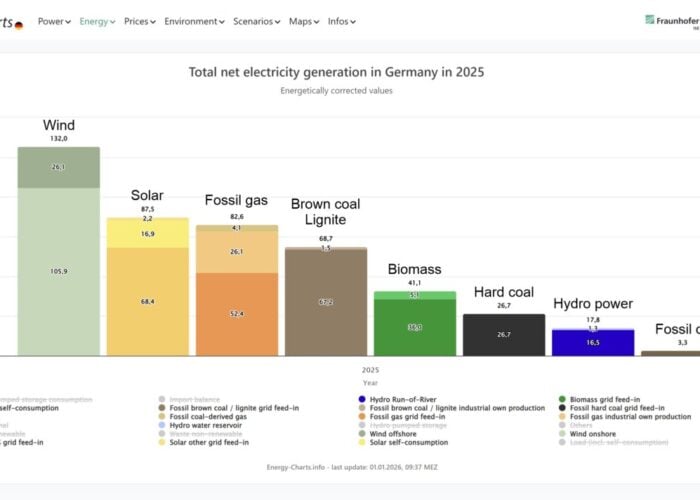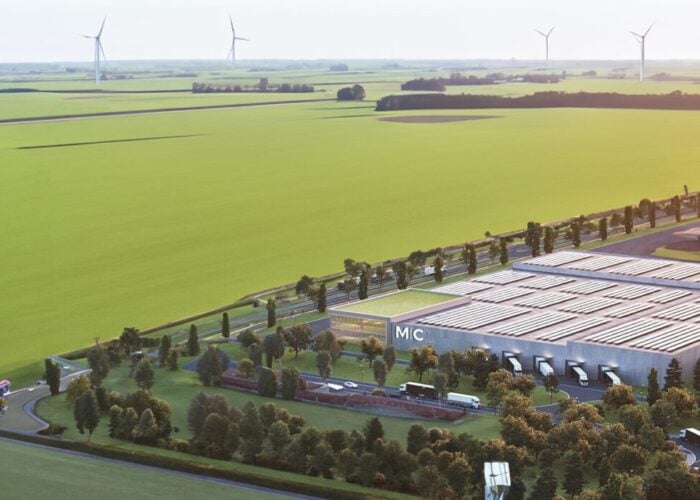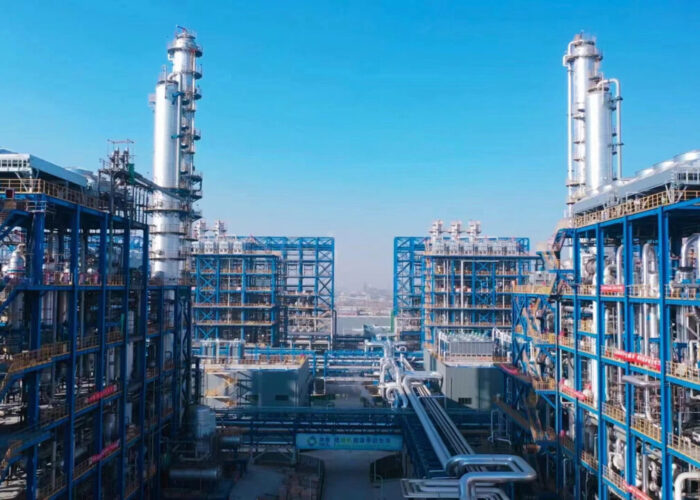Despite improving business conditions for its US residential and utility-scale businesses that have led to capacity utilization rates topping 90%, SunPower’s management ruled out the need for a capital spending increase. Debottlenecking and new process migrations for all lines at Fab 2 and Fab 3 would negate the need for a new capital equipment spending cycle until some time in the first-half of 2014, which would then require the construction of Fab 4.
In response to questions from financial analysts on a conference call to discuss second quarter financial results, Thomas Werner, Chairman, Chief Executive Officer and President of SunPower said, “We're going to release a significant amount of capacity in '13 and '14. And our current plan is to build the next fab capacity in the first half of '14. So we've taken a lot of the CapEx out of next year, and that CapEx we do have is to de-bottleneck and the cost reduce in our existing fabs.”
Try Premium for just $1
- Full premium access for the first month at only $1
- Converts to an annual rate after 30 days unless cancelled
- Cancel anytime during the trial period
Premium Benefits
- Expert industry analysis and interviews
- Digital access to PV Tech Power journal
- Exclusive event discounts
Or get the full Premium subscription right away
Or continue reading this article for free
C7 impact on capacity increases
Never afraid to generate its own metrics to qualify its competitive position against its tier 1 rivals, management claimed that its ‘C7’ CPV cell technology, which is produced on its existing advanced cell production lines, would subject to demand result in the company having the equivalent of over 4GW of cell capacity.
“So when we think of capacity on C7 cell, we really think of receiver capacity. The cell itself comes off of our main production line,” explained Werner.
The executive also noted that SunPower’s receiver capacity for C7 CPV technology would be somewhere between 50 and 100MW in 2013, with the ability to ramp production very quickly. Werner said that many C7 projects in the pipeline were by nature of the technology – on the large-scale and that the pipeline was building strongly – without giving specifics.
“We are working closely with Total on a number of opportunities in the Middle East for our C7 product, which is perfectly suited for that environment, and we will continue to invest [resources] in this region. We also expect to begin monetizing our Israeli pipeline starting in 2013,” added Werner.
Production update
Management noted in the call that solar cell production in second quarter was 257MW, up from 205MW in the same period a year ago, while the company recognised 232MW in revenue in the latest quarter, an increase of 22%, compared to the 190MW in revenue generated in the comparable period last year and up 18% from the first quarter of 2012.
SunPower said that total production capacity stood at 1.2GW, though the percentage allocated to module production JV partner, AUO was included in that number. Guided revenue from its capacity requirements in 2012 were said to be between 900MW and 1.05GW.
Cost reduction goals revised
Production ‘step-reduction’ cost initiatives, as SunPower likes to call them, have been a constant theme of management time in recent conference calls as the industry continues to be impacted by severe price erosion brought on by massive overcapacity.
Management said that these initiatives have proved to have been successful to date and that the pace of the cost reductions would begin to accelerate through the rest of the year.
Werner said that SunPower’s module cost-reduction roadmap target expectation by year-end would be a cost per watt of approximately US$1.10. Werner said that this was a significant improvement over the previous target of US$1.25/W and 25% lower than the 2011 cost of US$1.45/W.
What has remained less clear during SunPower’s step-reduction initiatives has been where the costs are coming-out of the processes, given the fact that its cell technology is the most advanced in the industry. Though the company had previously touted a step-by-step cost reduction strategy the increased gains over previously stated management expectations could be due to a long series of very small cumulative cost reductions that combined give much greater overall improvements.
On the other hand, SunPower’s new cost reduction targets could be a direct consequence of rapidly falling material costs, especially for wafers due to polysilicon price declines.
In a chart (see left), used to reflect its cost reduction targets, SunPower highlights the both thinner wafers and supply-chain savings as two key cost reduction catalysts going forward. Yet it could be assumed that these cost savings would take longer to transition to the bottom-line as they are intrinsically linked to volume and throughput, via production line migrations.
Of course the other key cost reduction area after materials, comes from cell efficiency gains, something Werner also discussed in the call.
“SunPower's historical DNA is PV technology and will remain an industry leader on this front, noted Werner. “We had an ongoing commitment to innovate through research and development. Since introducing our first-generation 20% efficient solar cell technology, utilizing our proprietary back-contact design in 2003, we have consistently offered the industry's highest performance solar products and systems. We are now manufacturing Gen 3 technology with cell efficiency of up to 24%.”
Pulling all these factors together, SunPower expects module costs of approximately US$1.0/W to US$0.75/W on an efficiency adjusted-basis, a full year ahead of previous targets.






